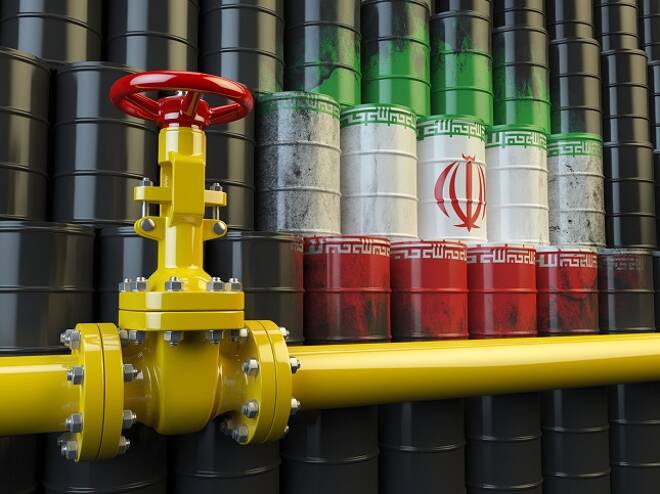Advertisement
Advertisement
The Iran, the U.S and the Rest of Middle East
By:
Market jitters ease in the early part of the day. There's been no chatter to get the markets going, but it's early and things could escalate rapidly...
Europe, Asia, and the Middle East will be balking at the threat of U.S military action against Iran.
With the threat of ISIS having been largely quashed, does the world really need the rise of a new enemy?
Since the Iran – Iraq war, Iran’s power and influence within the Middle East have grown significantly. Fragmentation, largely driven by Western influence ultimately gave Iran the opportunity to strengthen.
U.S President Trump had talked about withdrawing the U.S from the Nuclear agreement and delivered as promised.
The trade war stick has been wagged at a number of regions and countries since, including the EU. For Iran, however, it’s the U.S that is the bone of contention and not the EU, who has continued to recognize the agreement.
It will give the EU an easy get out from the agreement should the Iranian government begin to breach any of the conditions, however.
Few believe that Iran would actually go to war against the U.S. With the Saudis and Israeli’s waiting patiently for the U.S to reverse Iran’s rise to prominence, the pressure will be mounting on Trump.
Late last week, the news wires revealed that Trump had been prepared to take military action, following the downing of a U.S drone.
The decision to hold back suggests that even the U.S President is not so eager to start an offensive that could get messy.
With the Iranian economy already in dire straits, fresh sanctions are going to push the Iranian government to respond.
The hard-line clerics will be looking to show their will, which suggests that tensions will build further. That leaves the U.S and Nato to thrash it out. Contravening the nuclear agreement would certainly give NATO reason to support any U.S military strike.
What Lies Ahead
News of the U.S reaching out to Iran has so far failed to ease market jitters over what lies ahead.
Trump and the U.S Secretary of State both spoke over the weekend, stating that the U.S is not looking for war.
With the G20 Summit at the end of the week and oil prices on the rise, Trump’s push for cheap oil prices will continue to fail should tensions remain high.
Ultimately, Trump wants a renegotiation of the current nuclear agreement. It may be that only the U.S will be willing to compromise at the 2nd time of asking.
Iran, however, will unlikely to be willing to compromise. The current nuclear agreement was already a step too far in the eyes of the more hard-line clerics…
WTI and Brent ended last week up by 9.37% and by 5.39% respectively. Not a bad bounce back, when considering rising inventories and falling demand, not to mention the negative economic outlooks.
Military action of some sort is going to need to materialize, however, for crude to continue to find support. Even then, the Saudis may need to agree with the U.S administration to curb production.
This could all blow over, but that would need one side to back down. We’ve seen how the U.S administration digs in and we’ve seen how Iran digs in…
There’s been no mad rush for U.S Treasuries or for the Japanese Yen for that matter. That could change in a matter of hours…
About the Author
Bob Masonauthor
With over 28 years of experience in the financial industry, Bob has worked with various global rating agencies and multinational banks. Currently he is covering currencies, commodities, alternative asset classes and global equities, focusing mostly on European and Asian markets.
Advertisement
